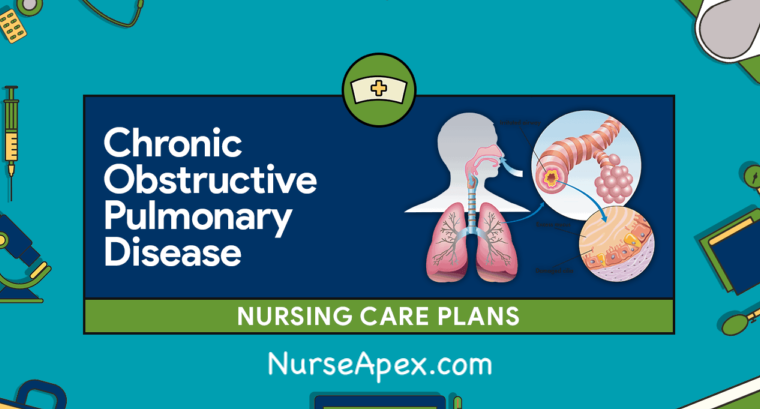The treatment plans for respiratory diseases depend on the type and severity of the disease. It is important to follow these plans for recovery and maintenance of the condition. While not all respiratory illnesses require special care, they can escalate into more serious ones if not treated properly. To ensure a successful outcome, the treatment plans are outlined by the doctor and adhered to strictly. Here are a few tips for developing a Respiratory Care Plan.
Patient assessment
The patient assessment is one of the most important components of a respiratory care plan. A patient’s assessment helps the health care provider develop a treatment plan for the individual’s needs. The resource Respiratory Care: Patient Assessment and Care Plan Development is essential for the health care provider. With detailed information on patient assessment, this book will guide the development of a care plan that addresses all the needs of the patient. It includes several practical exercises that allow the health care provider to gauge their patient’s abilities and develop a plan that addresses these needs.
During the admission assessment, the nurse must observe the patient’s baseline vital signs for one minute. This is documented in the observation flowsheet. Vital signs must be assessed every 2 hours, with trending of vital signs providing support for clinical decision-making. The respiratory rate should be monitored for a minimum of one minute and the pulse should be measured using either the radial or femoral artery. Counting pulses will ensure accuracy.
Treatment plan development
This article describes the process of treatment plan development for respiratory care plans. It describes what goes into developing the plan, how the plans are compared to each other, and what steps are necessary to meet the patient’s goals. The plan also describes when a patient will be discharged or transferred to another facility for continued care. This article also provides recommendations for respiratory care professionals. The goal of this article is to promote the adoption of evidence-based practice in respiratory care.
This textbook is written by a renowned expert in respiratory care. The author, Dr. Jay Peters, serves as the medical director of the Department of Respiratory Care at the University of Texas Health Science Center in San Antonio and is a professor of medicine. He has authored over 180 journal articles and more than 40 book chapters. He is also the author of several online courses. The book has been praised for its comprehensive coverage of patient assessment and treatment planning.
Costs
Several studies have reported that costs associated with respiratory care are higher for some individuals than for others. One study estimated that the cost of breathing treatment for the top 5% of individuals accounts for 45% of the overall respiratory expenditures. It also found that interventions to reduce high expenditures can prevent hospitalization or emergency room use. This study provides valuable insights on the costs associated with respiratory care. Here is a summary of the findings of that study.
The cost of a hospital admission for pneumonia can range widely, but it’s important to note that costs are typically lower when patients have less serious complications. While this cost may seem low when compared to the cost of out-of-pocket expenses, it is important to note that many people will face higher deductibles. The average out-of-pocket expense for a patient suffering from pneumonia without complications is $13,767.
Complications
One in seven adults has one or more types of respiratory disorders, such as asthma, chronic bronchitis, or COPD. Ignoring these symptoms can lead to serious complications. Untreated respiratory illnesses can even lead to hospitalization. Developing a comprehensive respiratory care plan requires thorough diagnostic tests and procedures. These tests can include simple blood tests or X-rays to confirm a diagnosis. Without accurate diagnosis, treatment options can be inappropriate or even harmful.
Generally, respiratory complications are divided into two categories, acute and chronic. The first type is intended for the acute care setting and focuses on intubation and mechanical ventilation, while the latter is aimed at a more chronic respiratory care setting. Acute care plans also address complications in the respiratory system after hospital discharge. Depending on the severity of the complication, a treatment plan may require a combination of these therapies.





